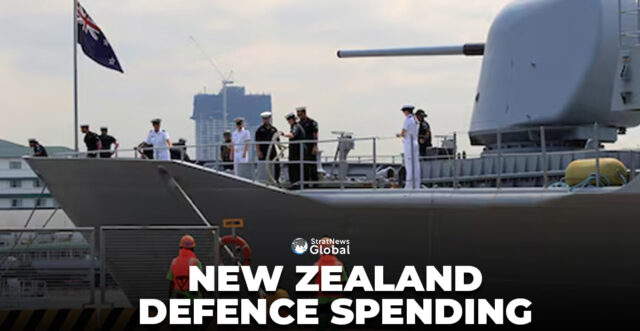New Zealand announced on Monday it will increase defence spending by NZ$9 billion over four years and aims to nearly double it to 2% of GDP within eight years, amid rising global tensions.
The details came in remarks by Prime Minister Christopher Luxon, who called for more spending on defence to ensure prosperity.
“New Zealand and our allies and partners across the world are no longer in a benign environment,” he told a press conference at the release of the Defence Capability Plan.
“My primary focus is the economic importance of this country. However, there can be no prosperity without security, and defence is one vital component of that picture.”
Defence Boost
The Defence Capability Plan maps out new funding of NZ$9 billion over the next four years to boost defence capability. It comes on top of baseline spending set to be announced in May.
The new spending is a significant boost to the Defence Force’s spending of just under NZ$5 billion in 2024/25.
New Zealand’s first national security review in 2023 called for more military spending and stronger ties with Indo-Pacific nations to tackle issues of climate change and strategic competition between the West and China and Russia.
Decades Of Defence Underspending
New Zealand’s Defence Force has struggled with systemic underspending over the past several decades, which amounts to just over 1% of GDP now.
High attrition in recent years has seen the force idle three of its ships and put on ice plans for a new vessel designed for patrol of the Southern Ocean, though attrition has fallen in the last year.
Over the next four years, the plan envisages the defence force will invest in projects such as boosting strike capability, buying an uncrewed aerial system, replacing helicopters and extending the life of its frigates.
It also plans to replace the Boeing 757 fleet after some embarrassing breakdowns that grounded delegations abroad.
(With inputs from Reuters)





